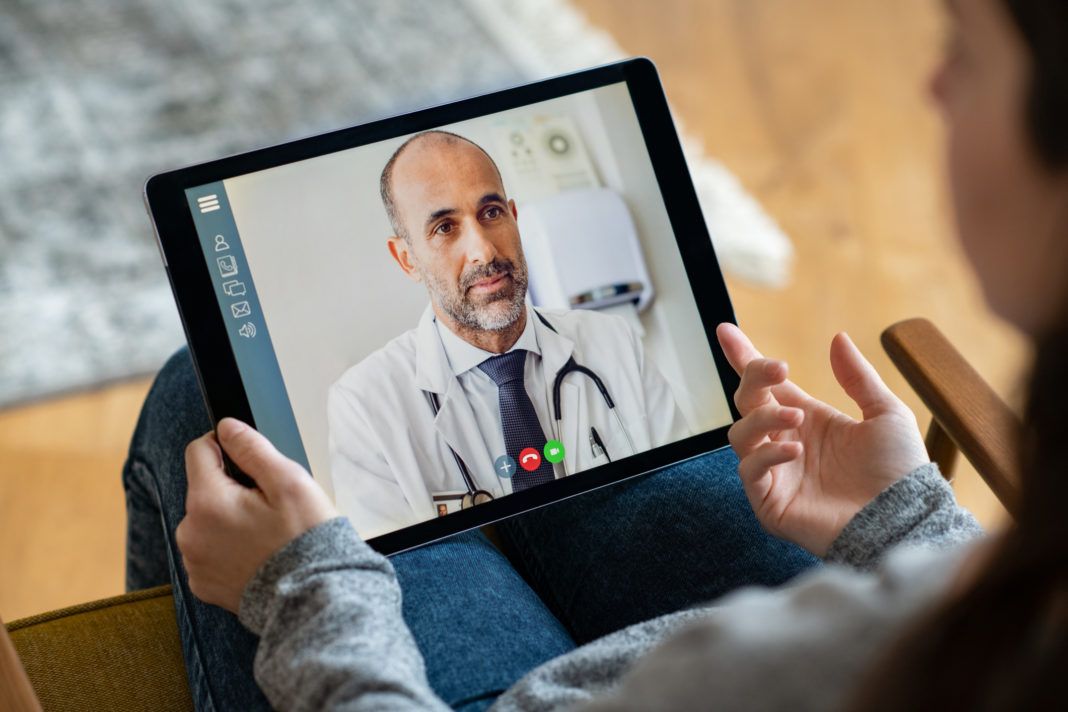As the COVID-19 crisis in the United States passed the six-month mark several weeks ago, we also have reached an important juncture for telehealth. Telehealth technology and processes have clearly demonstrated their value in the fight against the novel coronavirus and in helping healthcare professionals provide care in areas of medicine affected by—but not directly related to—the transmission and treatment of COVID-19.

But an important question remains: Have we firmly established the role of telehealth as an ongoing, effective tool in the delivery of healthcare services, particularly in the face of physician shortages and issues facing rural, underserved, and otherwise hard-to-reach populations?
My response is a strong but qualified yes. While it has helped combat new COVID-19 infections and has provided essential care to communities, families, and individuals, telehealth in the future will be on its strongest footing when advocates and users recognize that one-size-fits-all solutions are better described as “one size fits none.” In other words, as hospitals, health systems, clinics, and other providers apply the lessons learned during the COVID-19 pandemic to their own long-term objectives—including quality of care and cost-effectiveness—telehealth will cement its position as a cornerstone of healthcare delivery.
Since the emergence of COVID-19, the U.S. Centers for Medicare & Medicaid Services (CMS) has engaged in an unprecedented effort to utilize telehealth as one of the primary weapons against the disease. Among numerous other steps, CMS waived the originating site requirement, expanded the list of telehealth codes for which providers can be reimbursed, and equalized payment rates between in-person (facility) and telehealth visits. The Federal Trade Commission, the Drug Enforcement Administration, the Food and Drug Administration, and numerous other federal and state agencies have also issued guidance, announced programs, and procured funding to better support the use of telehealth.
As we look to the day when COVID-19 is less of a threat, providers can take several steps to help make the most effective use of telehealth in the long run:
• Apply the same standard of care to telehealth visits as to in-person visits.
• Practice good medicine: Know when telehealth is appropriate and when it is not.
• Share information, data, and best practices at the industry level (as is happening now in the development of COVID-19 vaccines).
• Develop strategies to promote patient buy-in and engagement in telehealth and personal health management.
• Integrate artificial intelligence and other technologies to improve diagnostics and treatment.
• Work with state and federal regulators to resolve licensure, corporate practice of medicine, and other regulatory issues for the long term, not just during the COVID-19 crisis.
If we have learned anything from the COVID-19 crisis, it is that cooperation in the face of a challenge can lead to positive results. When it comes to telehealth, this same spirit of collaboration can help us take advantage of new opportunities.
445 North Boulevard, Ste. 800
Baton Rouge, LA 70802
225.248.2000 • joneswalker.com
ABOUT THE AUTHOR: Nadia de la Houssaye is co-leader of the healthcare litigation team and heads the Healthcare Industry Team’s telemedicine practice at Jones Walker LLP. She is also a partner in the firm’s Lafayette office. Nadia works with hospitals, health systems, providers and startup companies to structure and integrate telehealth and digital health platforms. With more than 25 years of health law experience and a broad-based litigation and regulatory practice, Nadia advises on telemedicine service lines, multistate and international licensure and telemedicine arrangements, and scope of practice issues. Nadia counsels the largest health system in Louisiana on telemedicine matters and represents it in litigation.
 GET DAILY REPORT FREE
GET DAILY REPORT FREE




